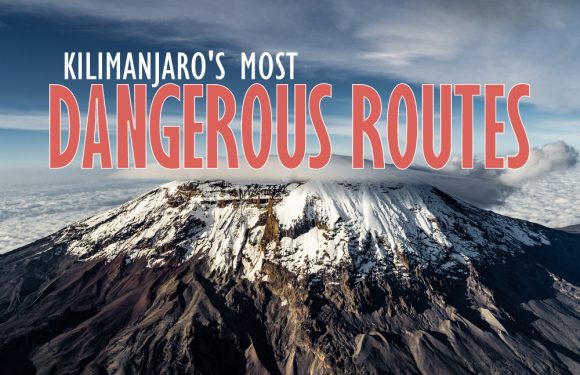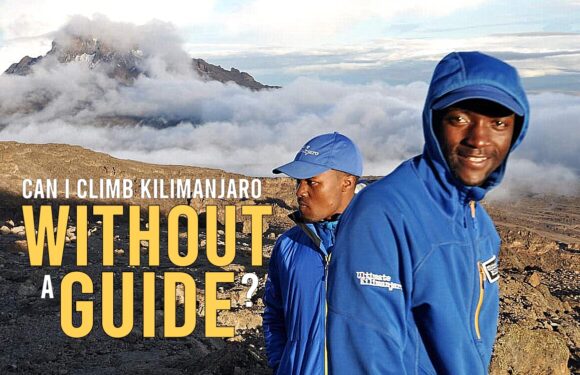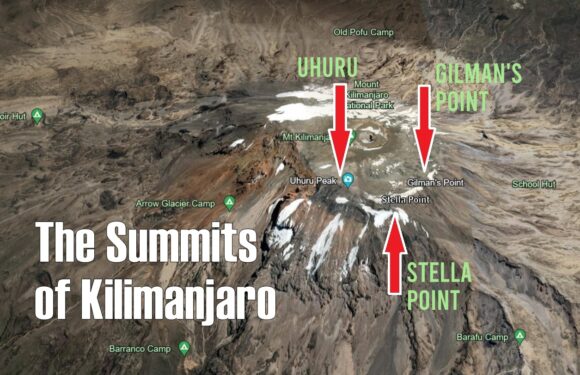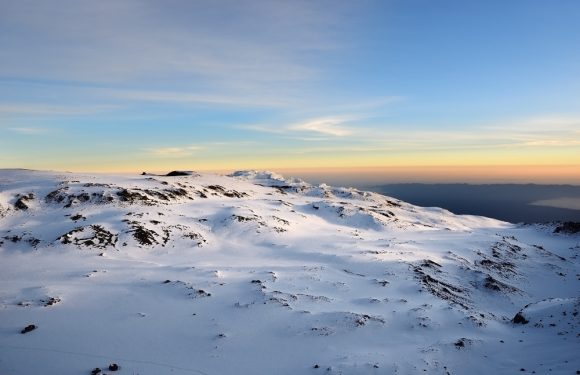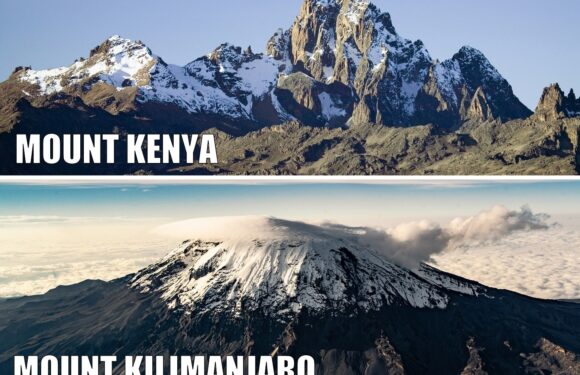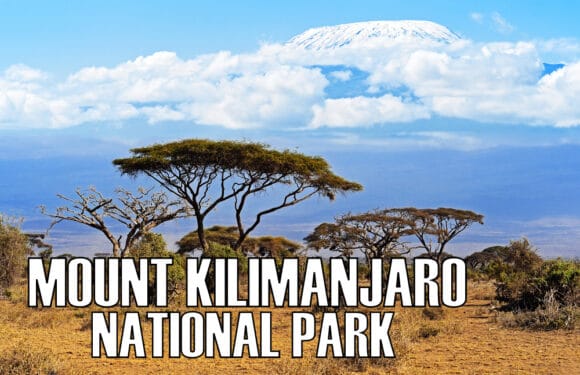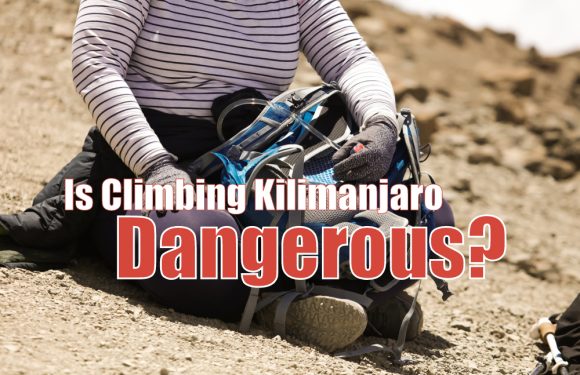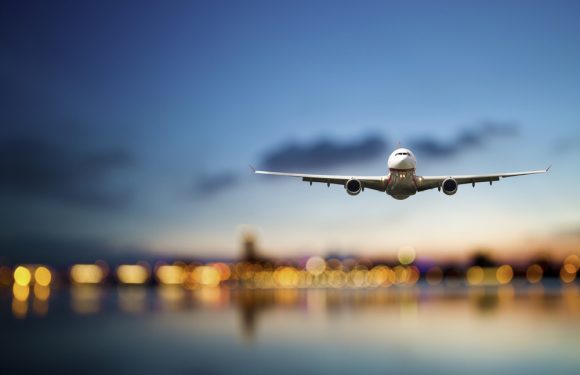If you mention you are going high altitude trekking, you may get a lot of advice on how to cope with potential acute mountain sickness (AMS) and the elevation. But many of the beliefs surrounding how to best acclimatize to the low oxygen environment are factually incorrect.
Below we dispel seven of the most common myths about dealing with altitude.
MYTH #1 – DRINKING WATER PREVENTS ALTITUDE SICKNESS
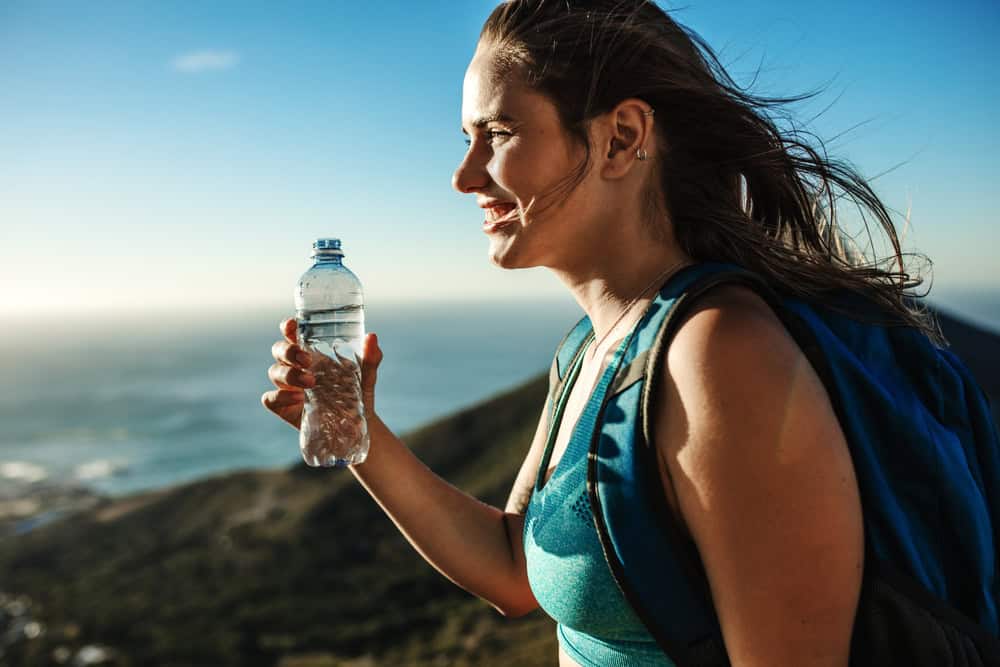
Drink water. On a Kilimanjaro trek, you will be reminded constantly about staying well hydrated. It is easy to become dehydrated in the sunny, dry climate on the mountain. Four to five liters a day is the recommendation we give to our clients.
Despite the widely accepted view that drinking extra water is a preventative against acute mountain sickness (AMS), research shows that it does not prevent or treat altitude sickness.
So why do many people think water is a key to acclimatization? Probably because we hear a good number of anecdotal tales of people feeling better at altitude after drinking water – from not only clients and mountaineers but also guides and porters.
What could be happening is that one could be feeling the symptoms of dehydration, which can easily be confused with symptoms of AMS, and drinking water is actually eliminating the symptoms of dehydration. Regardless of the reason why it seems to help, we always encourage clients to hydrate. Just be aware that drinking a lot of water is no guarantee against altitude sickness.
See Why is Drinking Water So Important on Kilimanjaro?
MYTH #2 – CAFFEINE IS BAD FOR YOU ON THE MOUNTAIN
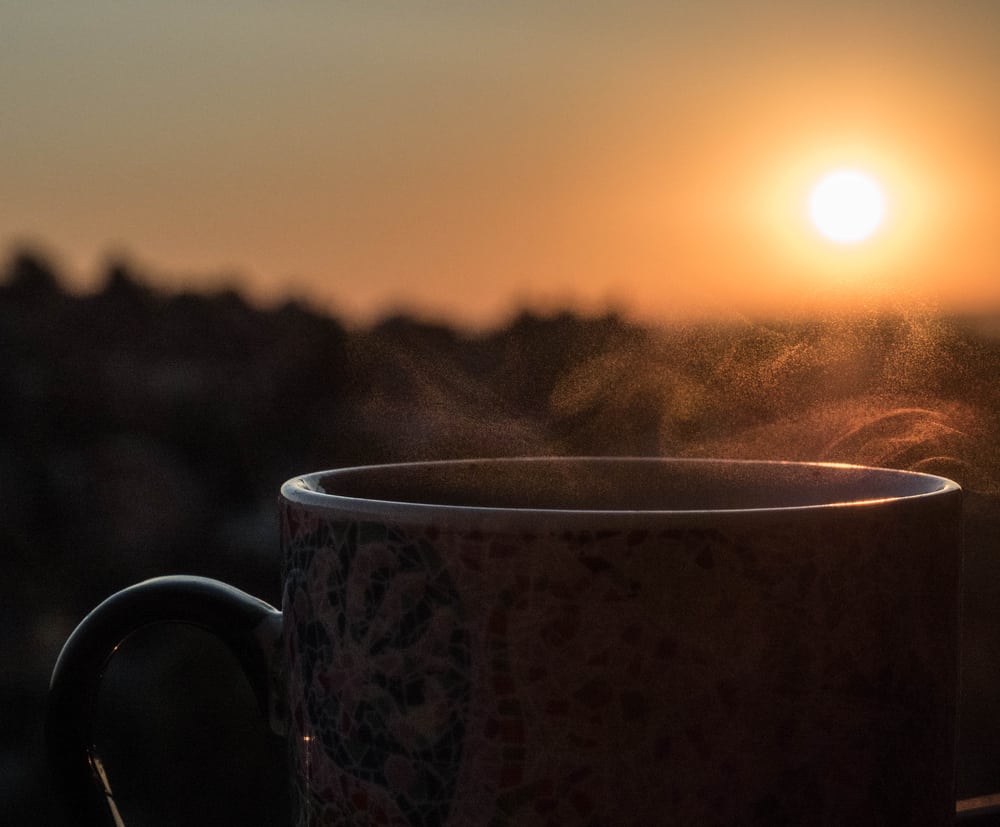
It is well known that caffeine is a diuretic. So the theory goes that drinking caffeine causes you to pee, which in turn causes dehydration. And what do we know about hydration or lack thereof? See above (hint: dehydraton is believed to impede acclimatization).
But the research says otherwise. One study showed that caffeine did not appear to increase the amount of urination. Another showed that for caffeine to have a significant diuretic effect, the amount you would need to consume is more than 500 mg per day — or the equivalent of 1.2 liters of brewed coffee!
Therefore, it seems that consuming caffeine in normal amounts would not increase the chance of dehydration or altitude sickness.
Furthermore, it might even be plausible that caffeine helps acclimatization by increasing the breathing rate and thereby increases oxygen intake.
See Is Drinking Coffee Bad for You When Climbing Kilimanjaro?
MYTH #3 – BEING FIT IS THE BEST WAY TO PREVENT ALTITUDE SICKNESS
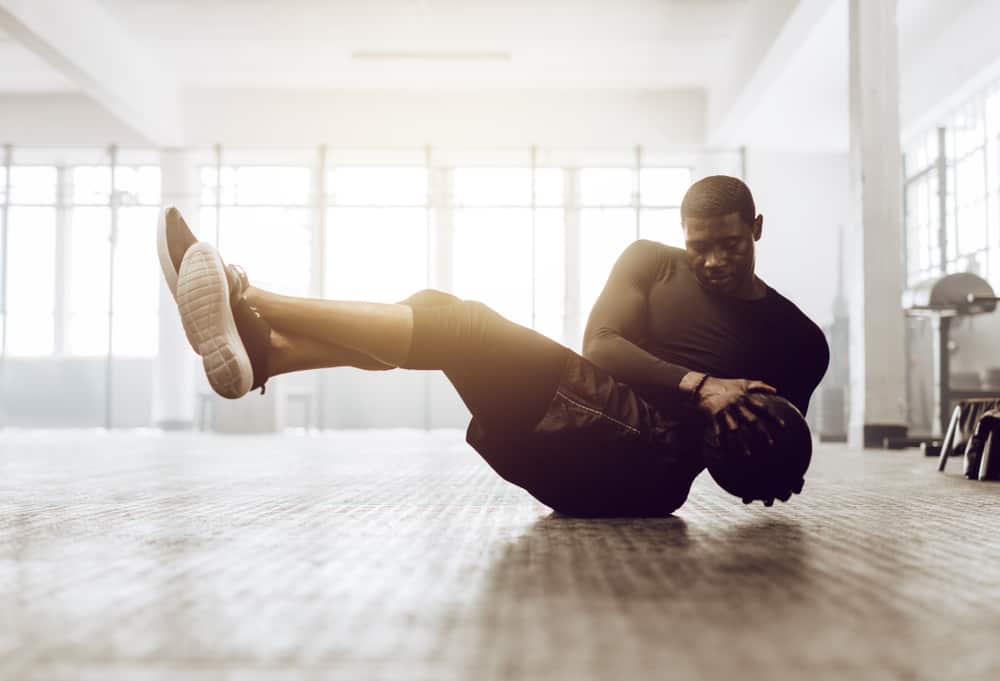
It makes sense that fit people would fare better on any athletic endeavor than unfit people. But one of greatest female tennis players, Martina Navratilova, and former soccer player, Robbie Savage, both failed on their Kilimanjaro journeys due to AMS. This shows fitness is no guarantee against altitude sickness.
Do you know the demographic that altitude sickness strikes the most? It’s young, fit, athletic males. This is evidence that being fit does not prevent one from getting altitude sickness. It might actually be a contributing factor.
What happens is that people who are in shape are able to hike fast. So fast that the body cannot keep up with acclimatization to the altitude. The best way to avoid altitude sickness is to gain elevation at a slow, gradual pace. This allows the body to adapt little by little to the decrease in oxygen. Our guides set an easy pace which gives your body the best chance at dealing with the thin air environment. Even if you think we are going way too slow, it will help you in the long run.
See Can an Unfit Person Climb Mount Kilimanjaro?
MYTH #4 – IF YOU WERE OK AT HIGH ALTITUDE BEFORE, YOU’LL BE OK NEXT TIME
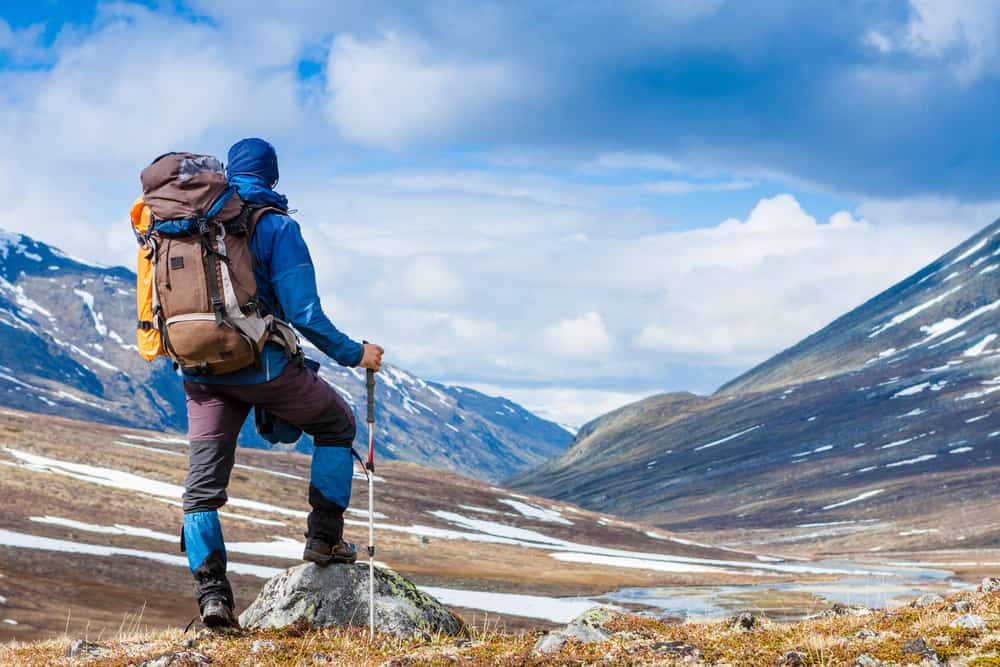
While your past experience at high altitude is significant, it is by no means definitive. There are fundamental factors that affect your ability to acclimatize, such as genetics, general health, fitness, and medical conditions. There are also many situational factors that contribute to the onset of AMS, such as rate of ascent, hydration level, hiking pace, physical exertion, nutrition, and sleep.
A prior history of altitude sickness is the strongest indicator for whether one will get altitude sickness again. However, not getting altitude sickness on one trip does not automatically rule out the possibility of getting altitude sickness on a subsequent trip.
Do not get complacent. You are not protected simply because you never had altitude sickness before.
MYTH #5 – YOU CAN BEAT ALTITUDE SICKNESS IF YOU’RE TOUGH
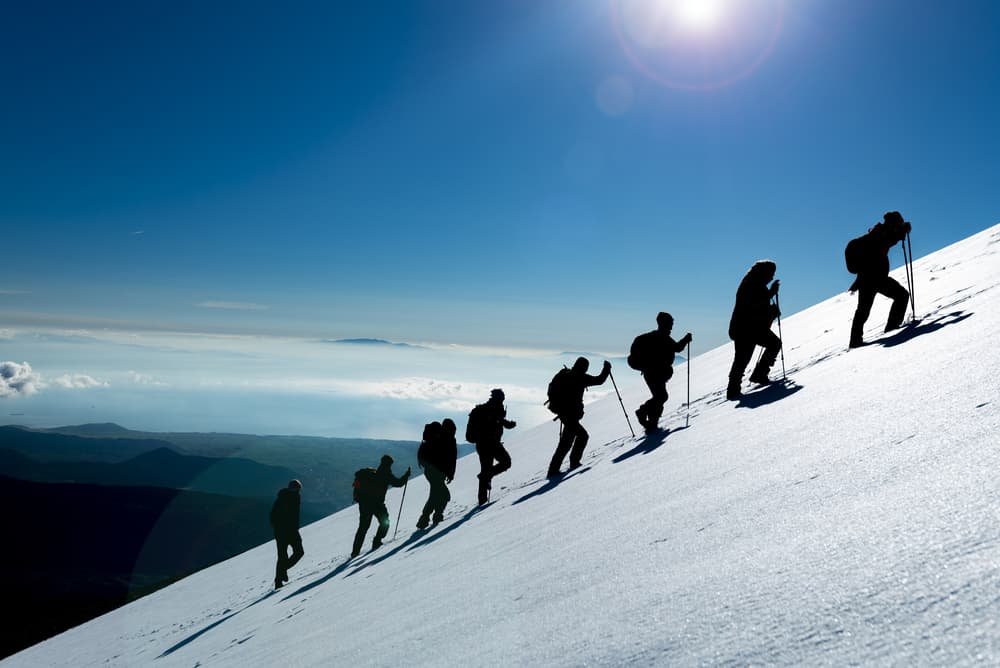
Everyone is susceptible to altitude sickness. In fact, you should expect to experience some symptoms of mild acute mountain sickness during your climb. These include headache, nausea, shortness of breath, dizziness, lack of appetite, and more. This is considered normal. These symptoms usually subside by themselves just by staying put for a few hours.
If symptoms become moderate to severe, it is time to stop climbing. Some people think you can tough it out and keep ascending. But that is a mistake.
When we read personal accounts on blogs that describe how the author kept climbing despite having serious AMS symptoms, we shake our heads. This should not be encouraged or glorified because this is what kills people on Mount Kilimanjaro. It’s not tough, it’s irresponsible.
Altitude sickness is a physical ailment, not a mental challenge. The best way to treat altitude sickness is immediate descent. It cannot be “beaten” with a strong mind or positive thinking.
MYTH #6 – YOU CAN SIMULATE TRAINING AT ALTITUDE WITH A MASK
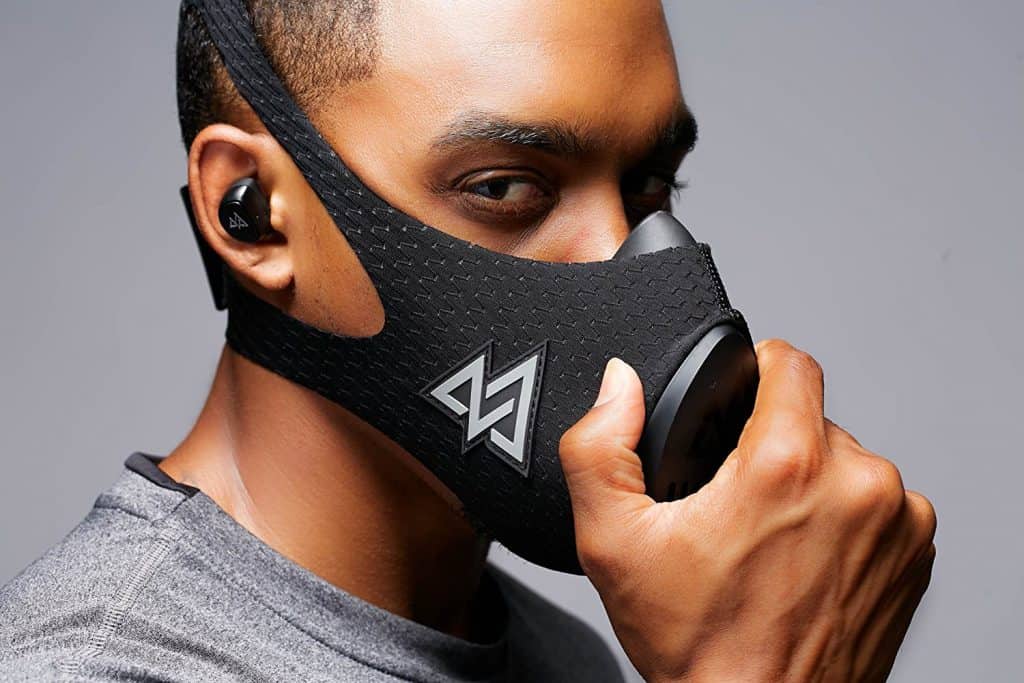
There are products on the market that are said to simulate training in a high altitude environment. These masks restrict your breathing, making it more difficult to pull in oxygen. The purported benefit of wearing an altitude training mask is that it improves VO2 max, which is a measure of cardiorespiratory fitness.
However, research shows these masks do not help with acclimatization. The problem is that having your air intake restricted with a barrier is not the same as breathing thinner air. Masks do not simulate the same type of hypoxia as you would experience on a mountain. Thus the body does not make any adaptations that would assist with acclimatization.
If you want to reap the benefits of high altitude training without actually having to be at high elevation, you can use an altitude tent. An altitude training system allows a climber to pre-acclimatize at home, before facing the mountain.
See Can Training with an Altitude Mask Help Me Climb Kilimanjaro?
See How Can I Pre-Acclimatize to Kilimanjaro’s High Altitude?
MYTH #7 – DIAMOX MASKS SYMPTOMS OF ALTITUDE SICKNESS
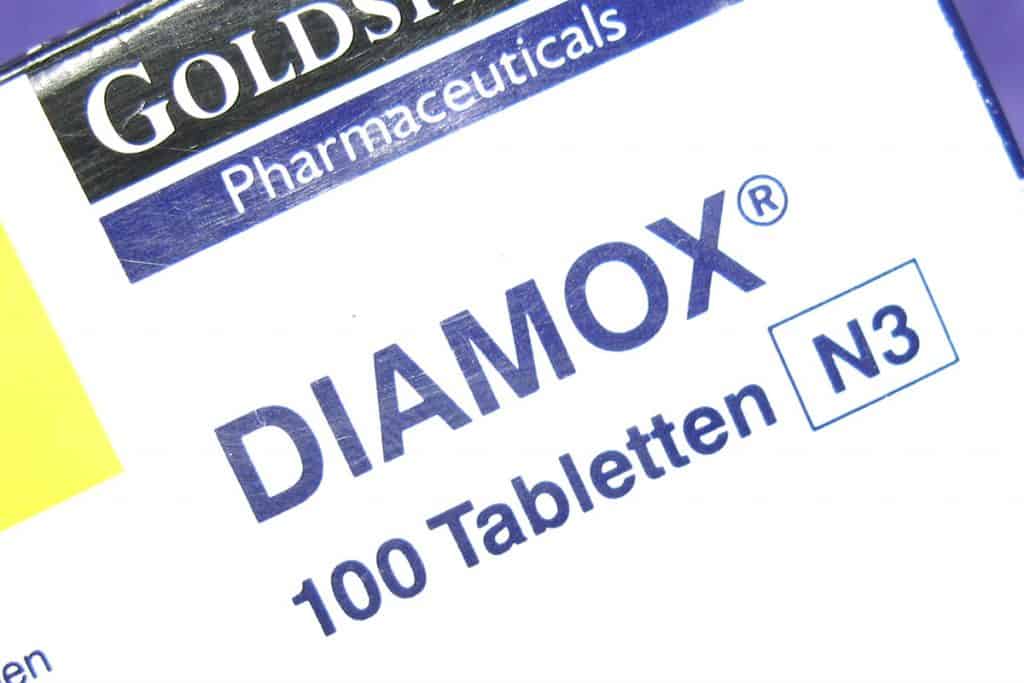
The most popular medication for altitude sickness is acetazolamide, otherwise known as Diamox.
Some say that Diamox masks altitude sickness but does not treat the underlying cause. This is inaccurate. Diamox is a carbonic anhydrase inhibitor that induces elimination of a chemical in the body called bicarbonate. When bicarbonate levels fall, your blood becomes more acidic. In turn, you breathe faster, thereby taking in more oxygen.
Therefore, Diamox increases ventilation, which is what helps prevent or treat altitude sickness. It does not mask altitude sickness; it supports the natural process of acclimatization. Diamox is an FDA approved medication for the prevention and treatment of altitude sickness.




















































